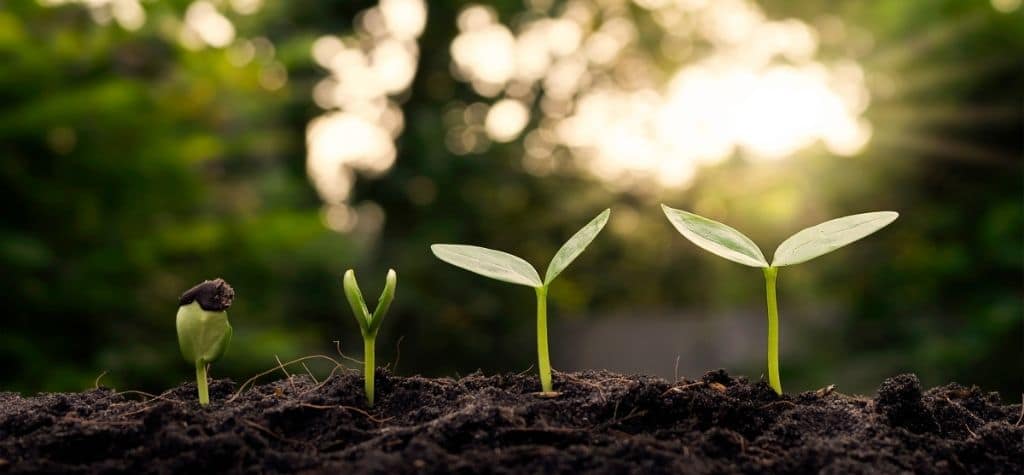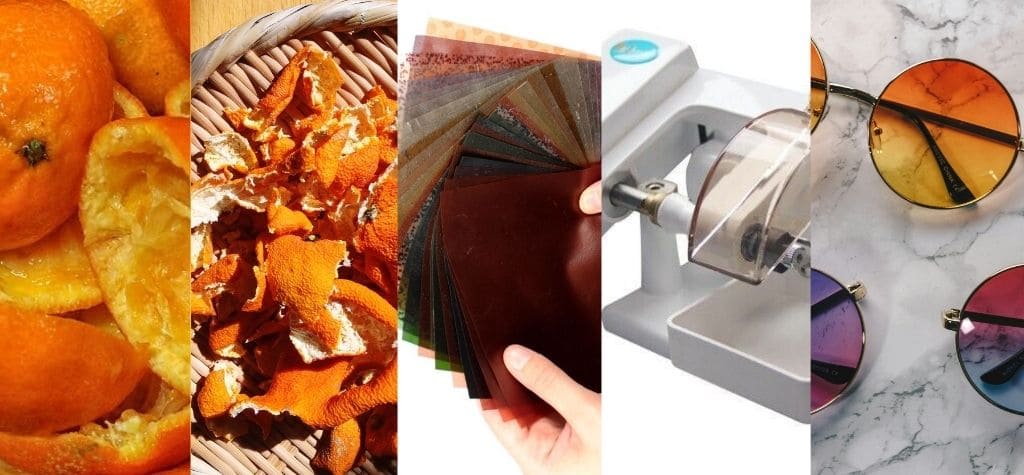The Birth of a Sustainable Vision

Meet the Founder and the Idea
In a small coastal studio, designer and environmentalist Lila Montez dreamed of merging fashion and sustainability. After years of working in traditional eyewear manufacturing, she became determined to eliminate petroleum-based plastics from her designs.
The Mission Behind the Brand
Her goal: create high-quality, stylish eyewear using materials that would otherwise be thrown away. The result? A groundbreaking line of sunglasses and optical frames with lenses made from fruit waste.
Why Fruit Waste? The Science and Sustainability Angle
Nutrient-Rich Waste as a Base Material
Fruit peels and pulp are rich in natural fibers and cellulose—ideal for creating bio-based polymers.
Reducing Carbon Footprint Through Upcycling
By rescuing tons of discarded peels from juice bars and processing plants, the brand diverts waste from landfills and reduces methane emissions.
Step-by-Step: From Fruit Peels to Finished Lenses
Step 1: Collecting and Sorting Fruit Waste
Local suppliers deliver crates of orange peels, mango skins, and even grape pomace to the workshop.
Step 2: Drying and Processing the Peels
The waste is dehydrated in solar-powered dryers, locking in the fibers for further processing.
Step 3: Converting Fibers into Bioplastic
Through a fermentation and polymerization process, natural fibers transform into a lightweight, moldable bioplastic.
Step 4: Molding the Lens Shape
The bioplastic is precision-molded into optical-grade lens blanks.
Step 5: Adding Protective Coatings
Each lens gets anti-scratch, anti-glare, and UV400 protection coatings to meet eyewear standards.
A Visual Journey Through the Process

- Crates of Citrus Waste – Bright piles of orange and lemon peels ready for transformation.
- Drying in the Sun – Rows of peels basking in coastal sunlight.
- Bioplastic Sheets – Smooth amber-toned sheets, the first stage before shaping lenses.
- Lens Molding Machines – Precision tools shaping the biodegradable material.
- Finished Eyewear – Sleek frames cradling glossy, fruit-based lenses in warm, natural hues.
Style Meets Sustainability: The Brand’s Eyewear Collection
Signature Styles Inspired by Nature
Each frame design is linked to the fruit it came from—“Clementine” features soft amber lenses, while “Berrywood” offers a deep, plum-toned gradient.
Limited Editions from Seasonal Fruits
In summer, tropical fruit waste produces vivid golden lenses, while autumn harvests bring earthy tones.
Customer Reactions and Testimonials
Eco-Conscious Shoppers’ Praise
Buyers love the combination of high style and low impact, with many calling it “the future of fashion.”
The Appeal for Fashion and Environment Lovers
These glasses are a conversation starter—both a style statement and an environmental action.
The Challenges of Innovating with Waste Materials
Maintaining Optical Quality
Getting the clarity of traditional lenses from natural materials took years of research.
Scaling Production Sustainably
While demand is growing, keeping the process artisanal and low-waste remains the priority.
The Bigger Picture: Waste-to-Wearable Movement

Other Industries Using Similar Methods
Footwear brands are making sneakers from pineapple leaves, and clothing labels are using banana fibers for textiles.
Future of Bioplastic in Fashion and Eyewear
With advances in materials science, fruit-based lenses could become mainstream in the next decade.
FAQs
Are fruit-based lenses as durable as plastic ones?
Yes—tested to meet industry durability standards.
Do they smell like fruit?
No, the scent disappears during processing.
Are they biodegradable?
Yes, under specific composting conditions.
Can prescription lenses be made this way?
Absolutely—optical-grade bioplastic works with prescriptions.
Where can I buy them?
Available online through the brand’s official site and select boutiques.
How much do they cost?
Prices start around $180 USD for sunglasses and $220 USD for optical frames.
Conclusion: A Clearer Future, Naturally
This indie brand proves that fashion doesn’t have to come at the planet’s expense. By turning discarded fruit peels into stylish, durable eyewear, they’re setting an example for a more sustainable industry—one pair of lenses at a time.

